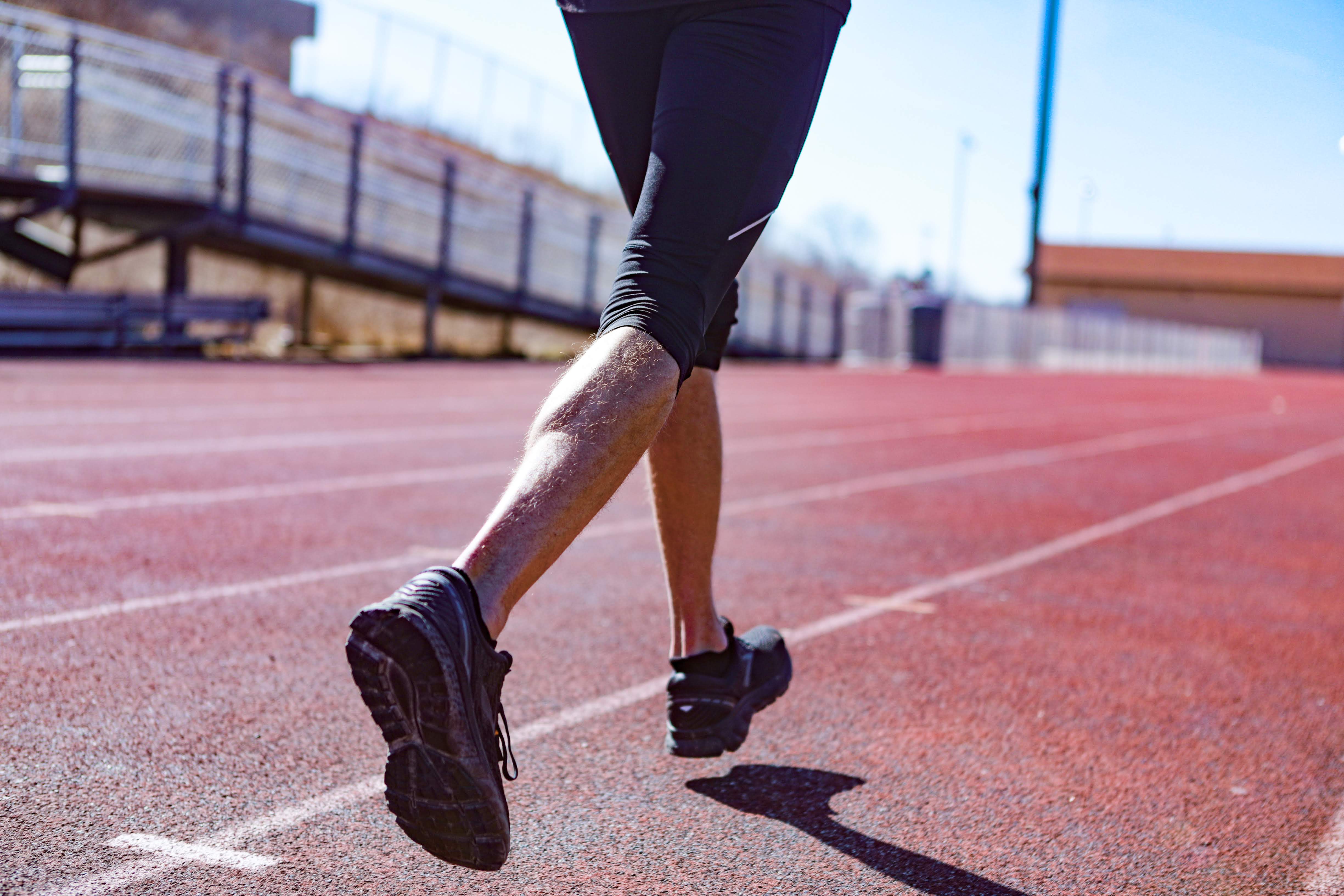


Originally published on atozrunning.com
By Zach Ripley, running coach and co-founder of AtoZrunning
Every runner needs a good leg strength workout (or two or three). While running is itself providing the vast majority of strengthening a runner might need, most training does not address everything. How is your coordination and stability? When you stand on one leg, do you hold steady or wobble a little? How about when you do a standing lunge? What we find is that a targeted functional movement leg strength workout improves both running mechanics (and therefore economy) and perceived effort.
Answer then, these simple questions: do you want to run better? Do you want to feel better while you run? Then listen up.
The Goal of an Effective Leg Strength Workout
For runners, the ideal leg strength workout fulfills two simple goals:
These rules do not entirely exclude things like a good deadlift now and then, but such power-building elements are not necessarily the kinds of workouts that will fulfill the promises above (better running and lower effort).
Instead, we focus on movements that reinforce good running practices along functional motion paths. This means that when doing things like a squat, it is better to squat with one leg (runners don’t run with both legs on the ground) and position the body as though moving through a stride pattern. Of course, that doesn’t mean a standard squat is not valuable, and in most instances, it would be recommended to do both. This will make perfect sense when you watch the videos below.
But perhaps one of the most essential considerations is what other parts of the body are doing. The ones not being directly stimulated by the movement. An upright chest with shoulders back, arms held at about ninety degrees. These are the things we are thinking about when performing a movement. It is not the same for each exercise, so the consideration hinges upon knowing what the body should look like and be doing at all times. If that is not clear, the workout has just as much potential to be detrimental as helpful.
Therefore, for those who need a little jump start on the idea, we have provided two of our most common and highly recommended routines below, complete with videos for reference and demonstration!
(NOTE: These routines were created in collaboration with Adam Homolka, MPT, ART of Endurance Rehabilitation and Athletics, athleticrehabilitation.com.)
Leg Strength Workout 1: Stationary
Our Stationary Leg Strength Workout is the baseline recommendation we suggest for all runners looking to improve stability and coordination. It is easy to implement, combines seamlessly with other routines, and takes only a handful of minutes to perform 3 sets.
Movements are very dynamic but precise and controlled. When performing this routine, look for a flat space with a little bit of elbow room (as you will be standing in place the entire time, it is a fairly easy workout to do just about anywhere!). Be sure to keep movements slow and steady. If you find yourself wobbling all about, stand up and regain balance before trying the movement again.
Perform this circuit 2-3 times through. (Video below)
1. Single Leg Squat - Standard
Perform 5-10 reps on each leg.
2. Good Morning
Perform 5-10 reps.
3. Deep Squat
Perform 5-10 reps.
4. Hip Extension
Perform 5-10 reps on each leg.
5. Single Leg Squat - Forward Variation
Perform 5-10 reps on each leg.
6. Single Leg Superman
Perform 5-10 reps on each leg.
Check it out on video here: Click here to view
Leg Strength Workout 2: Plyometric
This Plyometric Leg Strength Workout (referenced in a previous article here) is the right move for those ready to level up strength and coordination with a bit more power focus. It is not, however, something all runners should pursue at all times in training. This workout is best performed after a strong baseline of leg strength has already been established.
Movements involve a fair amount of springing and bouncing and focus on precise, quick activation. It is best to try to secure 20 meters or more of open space with at least 10 feet of width available.
(For added precision benefits, consider using an agility ladder.)
Perform this circuit 2-3 times through. (Video below, and check out this quick-reference downloadable PDF)
1. Single Leg Spring
Perform 5-10 reps on each leg.
2. Lateral Lunge Shuffle
Perform 10-20 reps to each side.
3. Squat Jumps
Perform 10-20 reps.
4. Single Leg Hops
Perform 10-20 reps on each leg.
5. Double Leg Hops
Perform 10-20 reps.
6. Lunge Switch Jumps
Perform 10-20 reps.
Check it out on video here: Click here to view
What Else Can We do?
Naturally, a sound leg strength workout is a great start for runners, but it won’t do it all. Building leg strength is far more complex than simply doing a few exercises, regardless of how effective. To learn more about the best ways to build leg strength, give a listen to this episode of the AtoZrunning Podcast. And if you like what you see here but need more direct and immediate help making things happen, consider a training consultation or check out our other coaching and training services.

1

0
Comments :